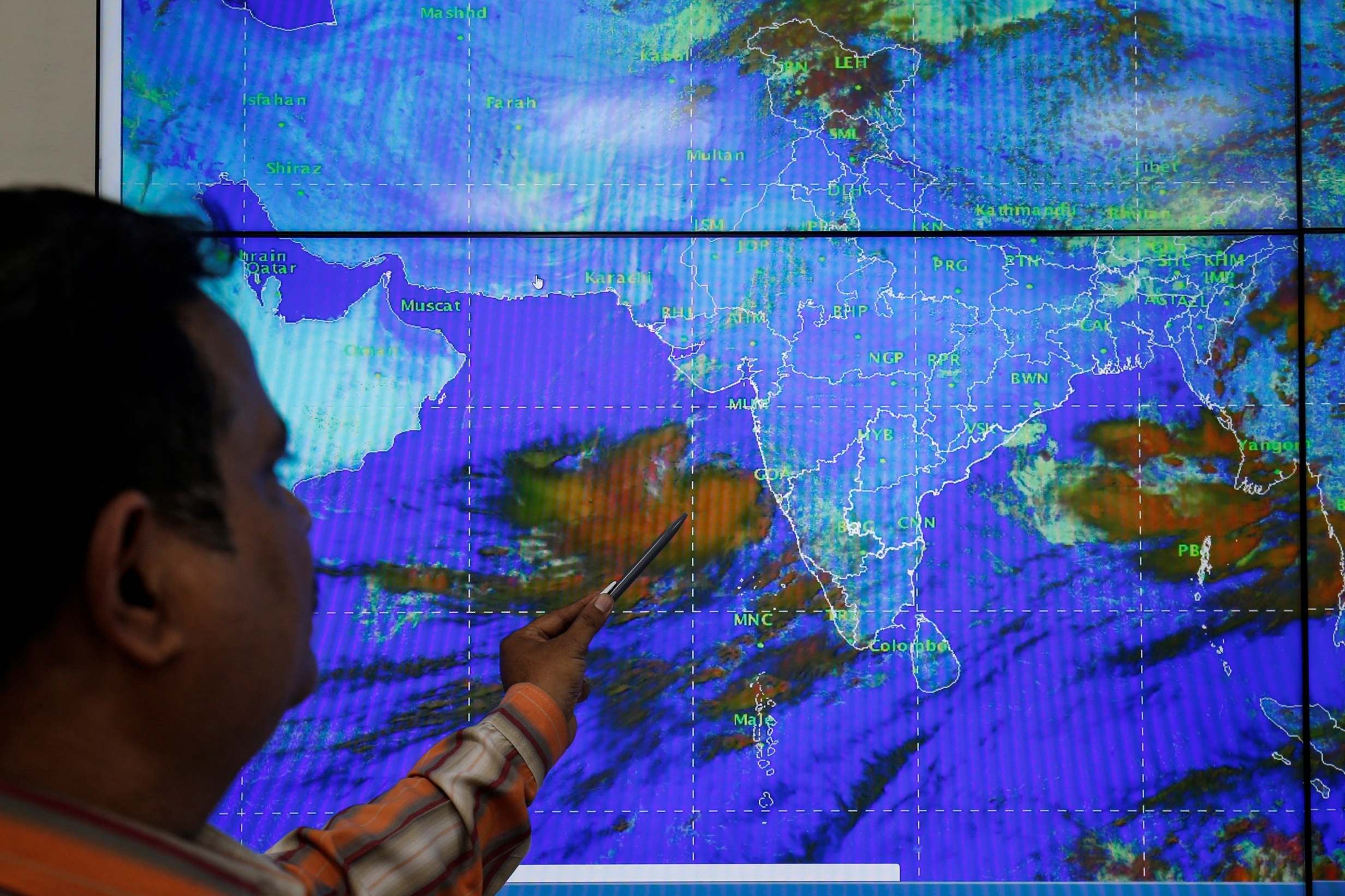Cyclone Vayu: Thousands evacuated as tropical storm heads for India’s Gujarat coast
India’s prime minister ‘praying for the safety and wellbeing’ of thousands affected by incoming tropical storm
Your support helps us to tell the story
From reproductive rights to climate change to Big Tech, The Independent is on the ground when the story is developing. Whether it's investigating the financials of Elon Musk's pro-Trump PAC or producing our latest documentary, 'The A Word', which shines a light on the American women fighting for reproductive rights, we know how important it is to parse out the facts from the messaging.
At such a critical moment in US history, we need reporters on the ground. Your donation allows us to keep sending journalists to speak to both sides of the story.
The Independent is trusted by Americans across the entire political spectrum. And unlike many other quality news outlets, we choose not to lock Americans out of our reporting and analysis with paywalls. We believe quality journalism should be available to everyone, paid for by those who can afford it.
Your support makes all the difference.Indian authorities have evacuated hundreds of thousands of people in preparation for the second major storm of the season currently barrelling towards its northwest coast.
Cyclone Vayu is expected to make landfall in Gujarat state, on India’s western coast on the afternoon of 13 June.
As the tropical storm hits, it’s expected to bring with it potentially damaging winds gusts of up to 112mph, and sea surges of up to 6½ feet that could flood low-lying coastal areas.
The cyclone, named after the Hindi word for wind, was then forecast to skirt around India’s coast as it travelled west towards Pakistan, retaining its strength for up to 12 hours.
The severe weather follows just over a month on from when the devastating Cyclone Fani hit India’s eastern coast on the Bay of Bengal, killing 34 in India and 15 in neighbouring Bangladesh.
The scale of the possible damage from the latest cyclone wasn’t clear, but meteorologists predicted it had the potential to damage thatched homes, flood key routes, damage crops, uproot trees, contaminate drinking water supplies and disrupt communication and power.
Local authorities were on high alert on Wednesday as they prepared for the storm which was building in the Arabian Sea.
Home minister Amit Shah held a meeting with government and military officials, as the air force airlifted 40 National Disaster Response Force rescue and relief teams to the western coast in preparation for the cyclone hitting.

By midday on Wednesday rescue teams had begun evacuating more than a quarter of a million people in towns and villages likely to bear the brunt of the storm.
In the ancient city of Dwarka, where many Hindu pilgrims travel every year to pray at a temple considered the centre of Lord Krishna’s kingdom, rescue workers from India’s National Disaster Response Force warned children to leave the beach.
Meanwhile, Vijay Rupani, Gujarat’s chief minister, requested tourists leave coastal areas by Wednesday afternoon.
And Narendra Modi, India’s prime minister, said on Twitter that he had “been constantly in touch with state governments” and that he was “praying for the safety and wellbeing” of all those affected.
Additional reporting by Associated Press

Join our commenting forum
Join thought-provoking conversations, follow other Independent readers and see their replies
Comments